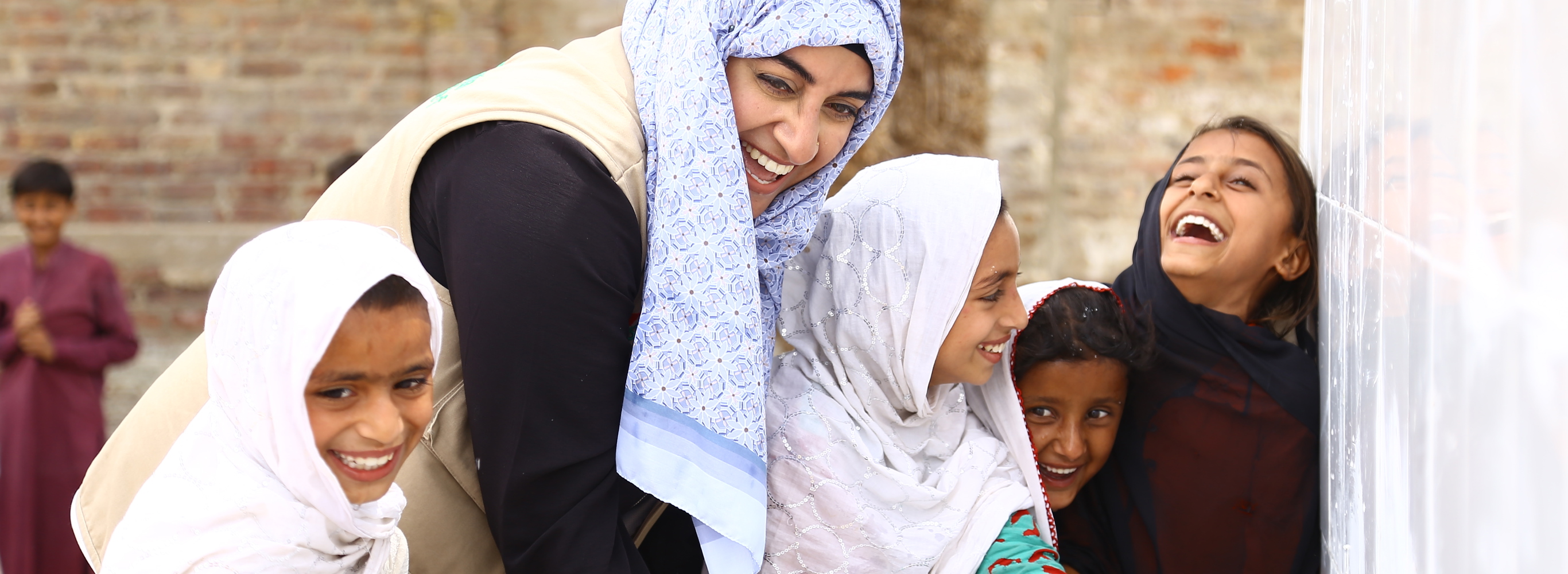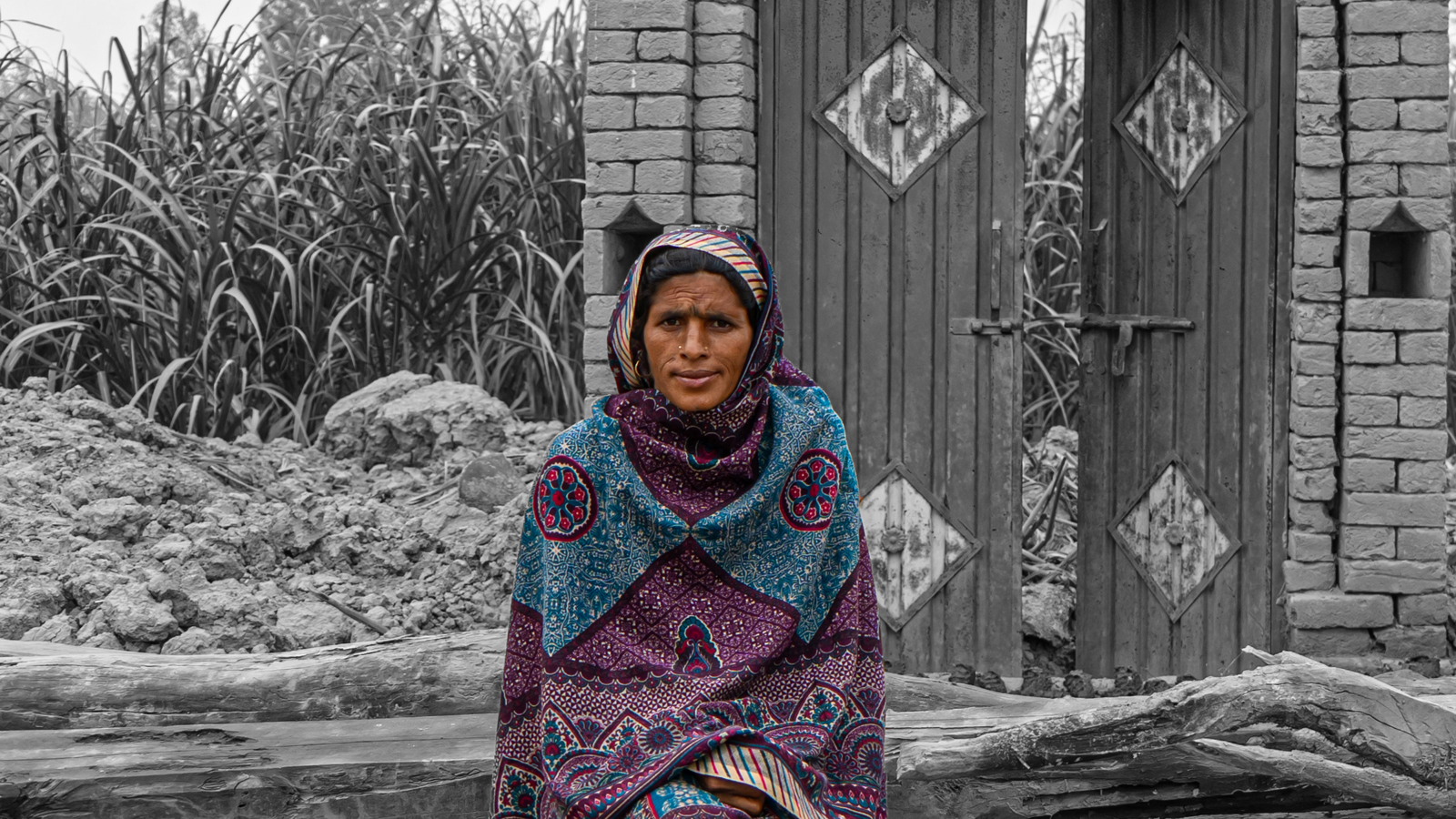
Our
Work In Pakistan
In recent years, Pakistan has experienced unprecedented floods, claiming thousands of lives, devastating livelihoods and infrastructure.
WHAT'S GOING ON?
In recent years, Pakistan has experienced a wave of unprecedented floods, exacerbated by climate change. In 2022, historic floods submerged one-third of the country, affecting 33 million people, half of whom were children.
Thousands of people died, over 7.9 million people were displaced, and 1.3 million homes were damaged. In 2023, the severe monsoon rains returned, causing further chaos and uncertainty for millions of people living along the Indus and Kabul rivers.
The impact of the floods has been devastating, but the crisis is far from over. Communities now face rising poverty, prolonged food insecurity, the spread of diseases like malaria and typhoid, and the disruption of education for millions of children.
Integrated Emergency Response
Our rapid response has supported thousands of flood-affected people with shelter,
clean water, food, and essential healthcare:
• 8,900 people received temporary shelters & hygiene kits in D I Khan.
• 12,000 people gained access to clean water, while 6,500 received hygiene essentials.
• 4,750 people benefited from food parcels & hot meals during the initial relief phase.
• Shelter & non-food items provided life-saving support to survivors ahead of freezing temperatures.
Food Security & Livelihoods
We delivered urgent food assistance to the most vulnerable, including women, children, and older people,
ensuring that flood-affected families had access to nutritious meals.
Healthcare Support
Our mobile clinics and health services reached 6,000 patients, providing:
• Vaccinations & treatment for waterborne diseases.
• Maternal & child health services.
• Essential medicines & supplies to local health facilities.
Water, Sanitation & Hygiene (WASH)
• Installed water filtration systems & hand pump wells, providing 12,000 people with clean water.
• Built latrines & showers in displacement camps.
• Distributed hygiene kits with soap, sanitary pads & other essentials.
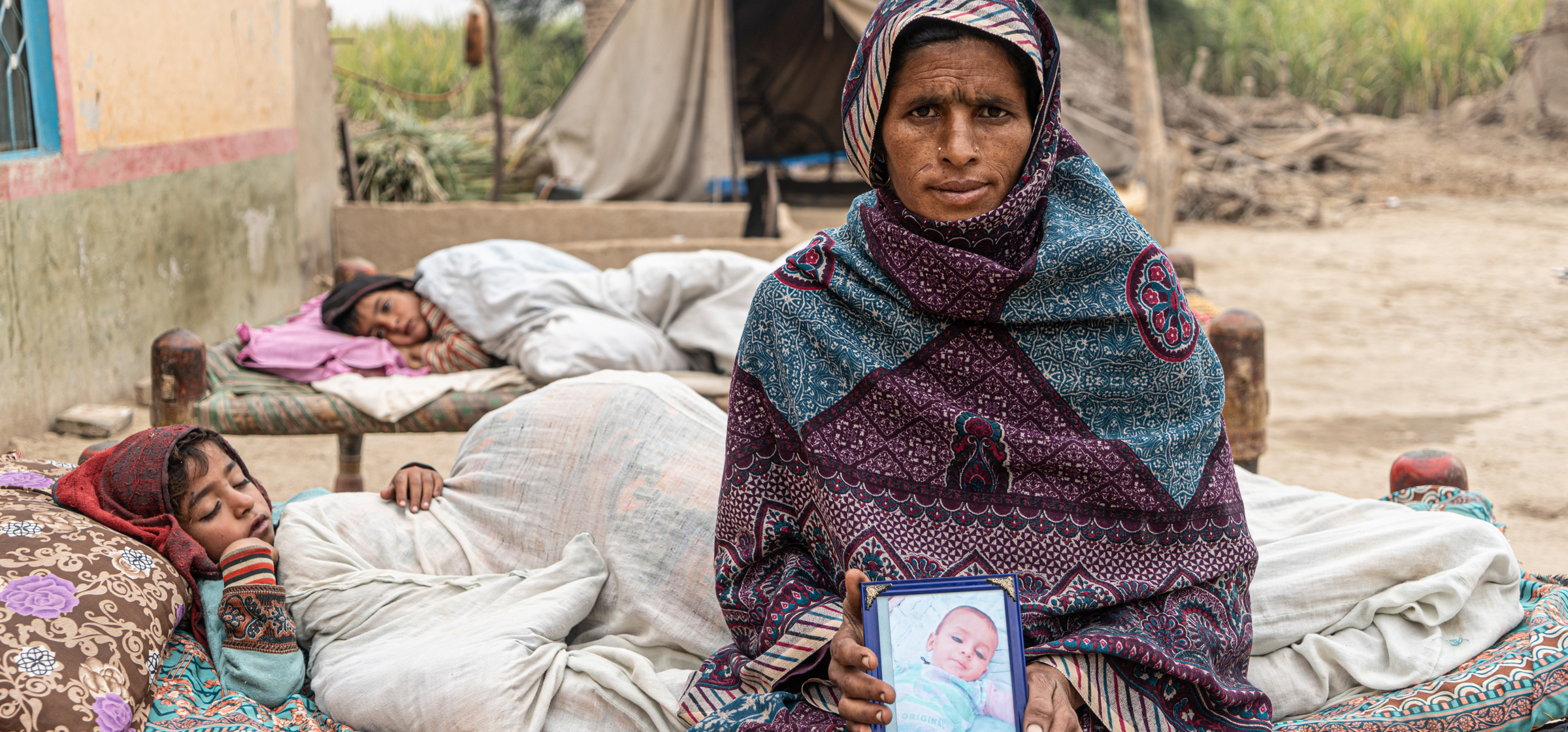
Fatima and her family are among the many affected by the floods.
 Quick Donate
Quick Donate
frequently asked questions
How does AFH provide emergency relief?
In response to the devastating floods, we launched a Non-Food Item (NFI) distribution project to provide essential household items for those affected. The project aimed to distribute items such as blankets, hygiene kits, and cooking utensils to those in need.
We're also launching a shelter construction project to provide safe and secure homes for families affected by floods. In phase one, we will construct 20 one-room houses with a kitchen, toilet, and open space protected with a boundary wall in the affected area.
These shelters will not only provide a roof over their heads but also give families the stability they need to rebuild their lives. We will also install solar water pumps to ensure they have access to clean water.
How does AFH provide health services?
We have also distributed essential medicines and medical supplies to local health facilities, ensuring they have the resources to provide quality care to affected populations.
Our health interventions have significantly impacted the lives of affected communities, who would not have otherwise had access to vital medical care. We have treated almost 6,000 patients, prevented the spread of disease, and helped to improve the overall health and wellbeing of people affected by the floods.
How does AFH provide access to clean water?
AFH worked tirelessly to provide clean water, sanitation, and hygiene (WASH) services to affected communities in the aftermath of the floods. We installed water filtration systems and hand pump wells in flood-affected areas, ensuring access to safe drinking water for more than 12,000 people.
Additionally, we have constructed latrines and showers in camps for internally displaced persons and have provided hygiene kits containing essential items such as soap and sanitary pads.
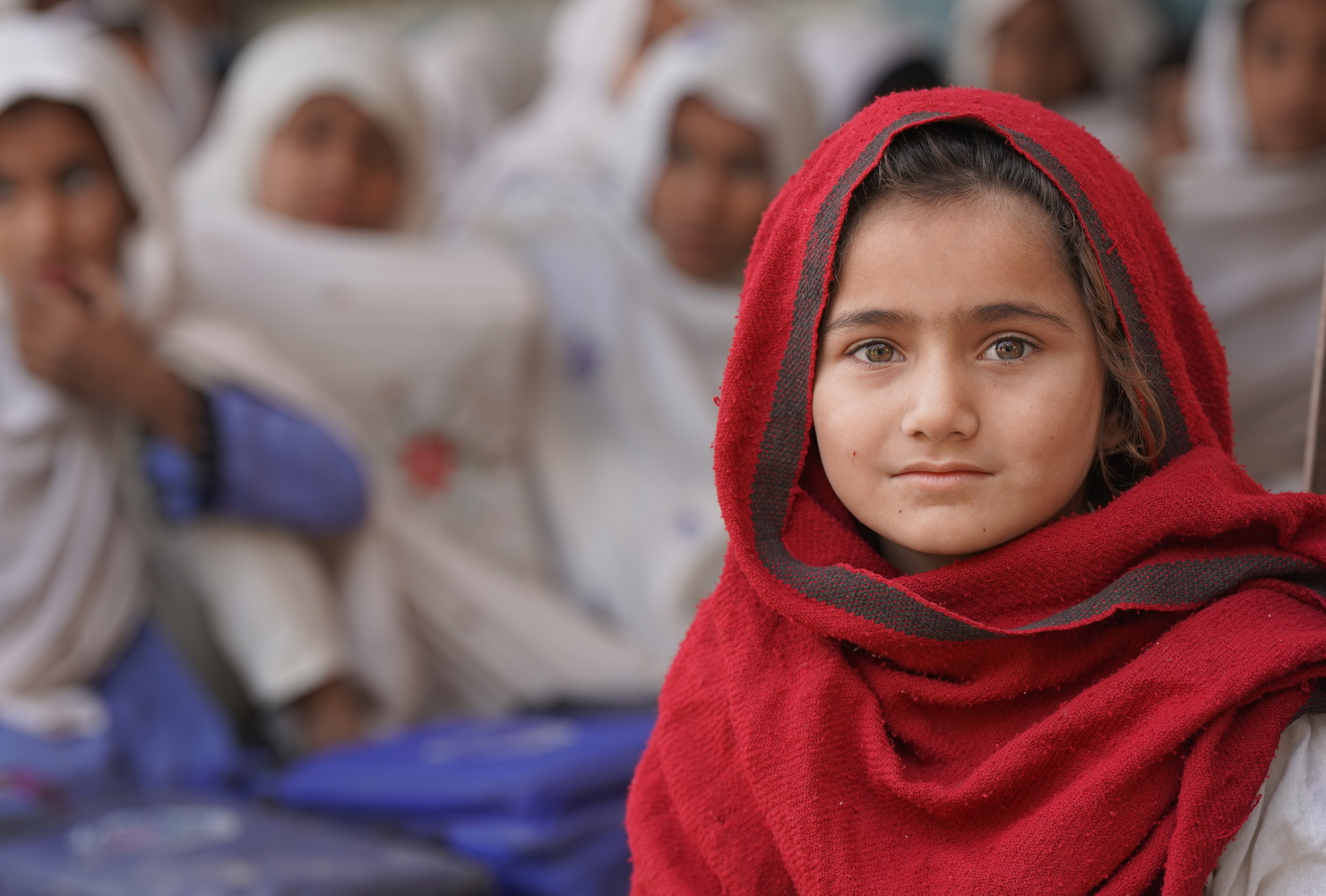
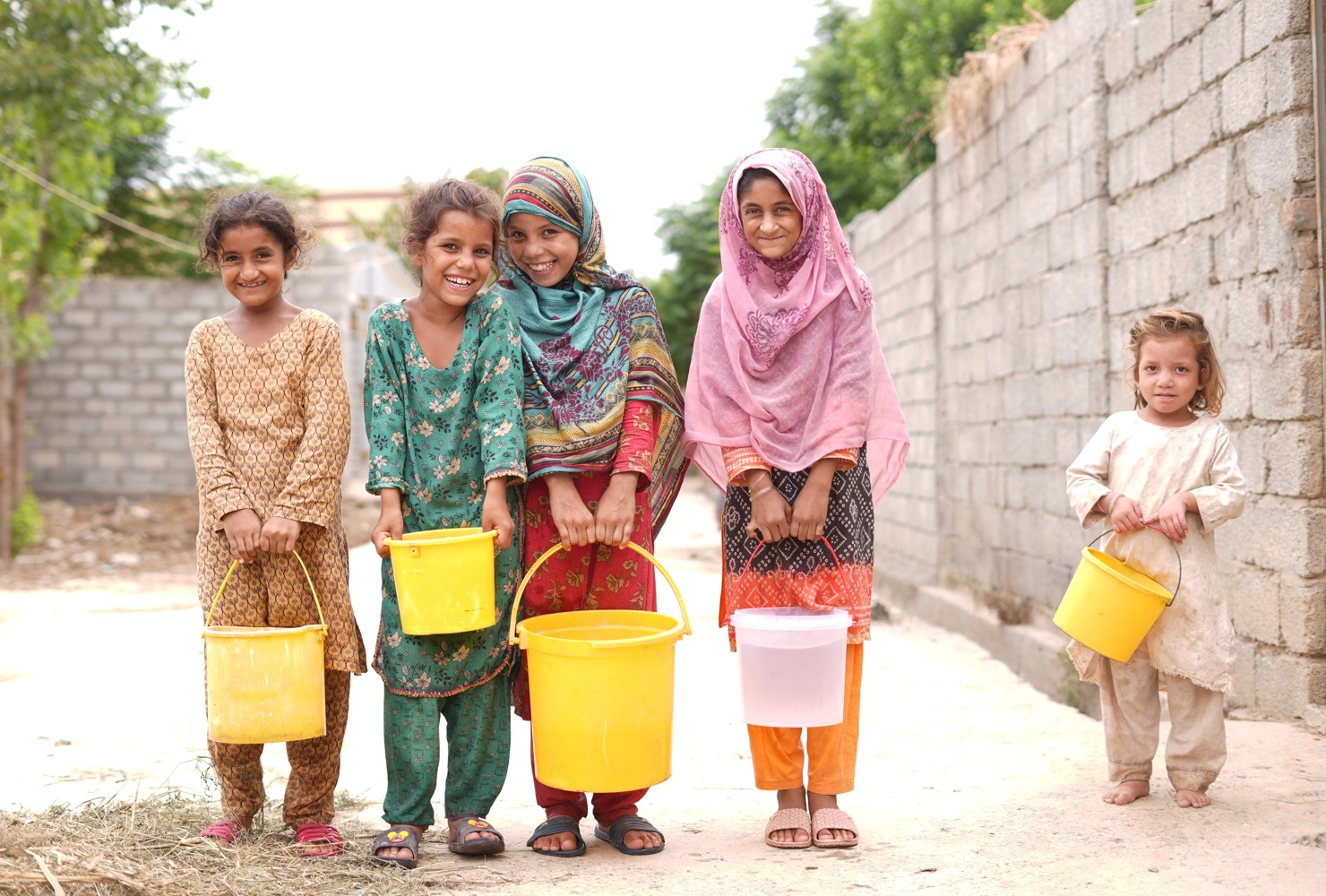
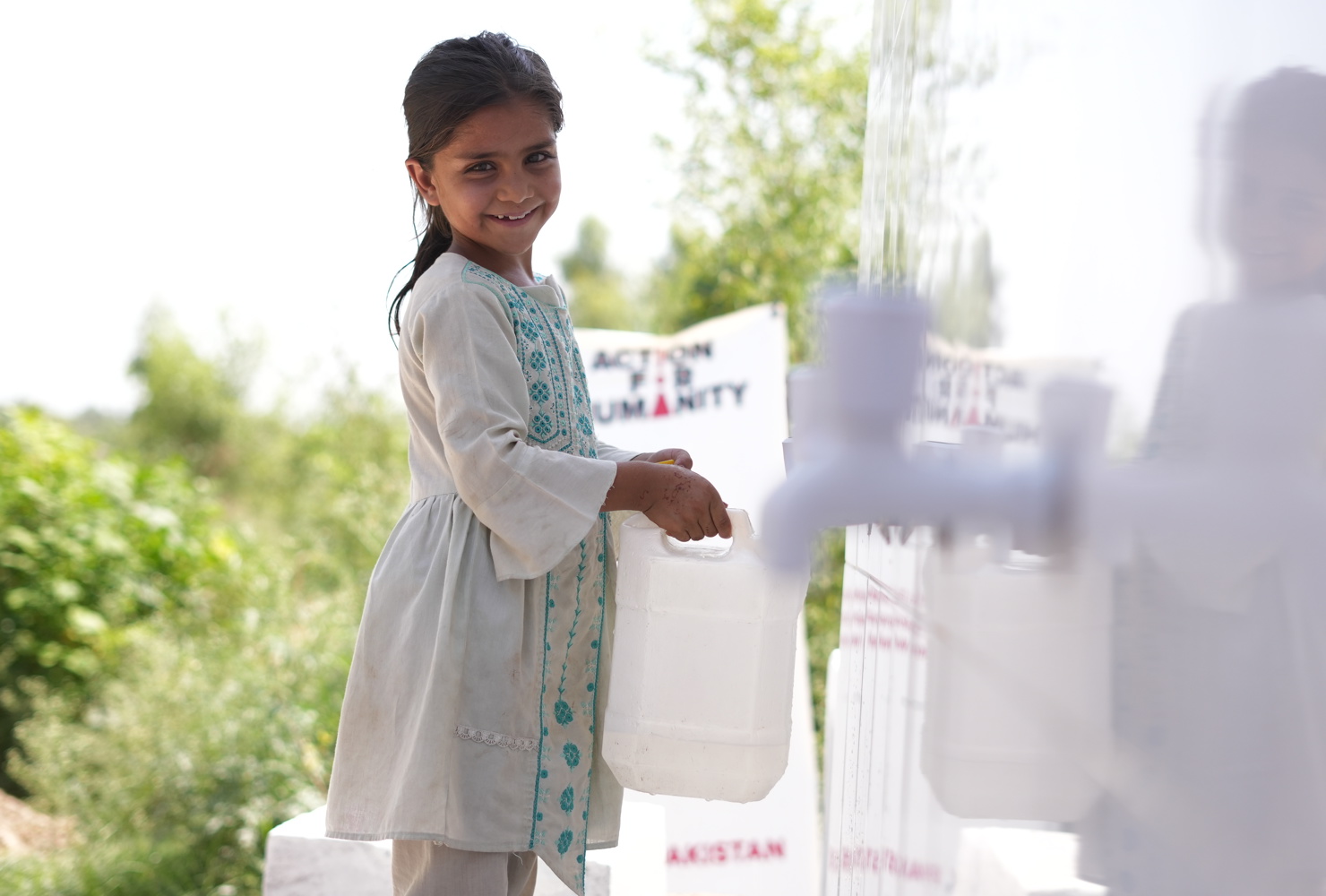
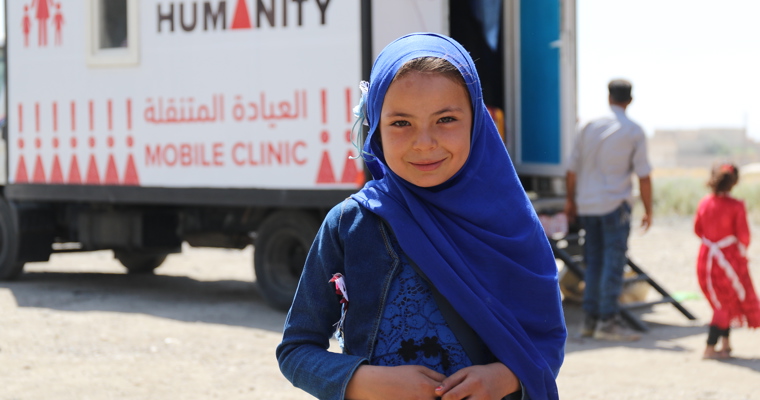
REBUILDING SYRIA
The ongoing crisis in Syria has left millions of families displaced, vulnerable, and in desperate need of life-saving assistance.
LEARN MORE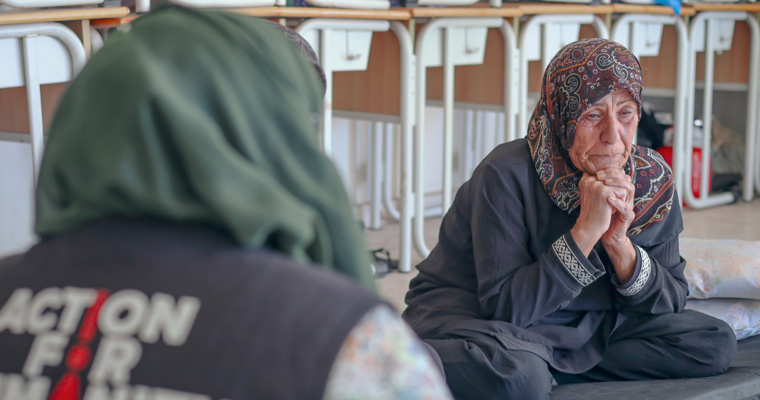
LEBANON EMERGENCY
Lebanon is facing an unprecedented humanitarian crisis due to economic collapse, political instability, and conflict.
LEARN MORE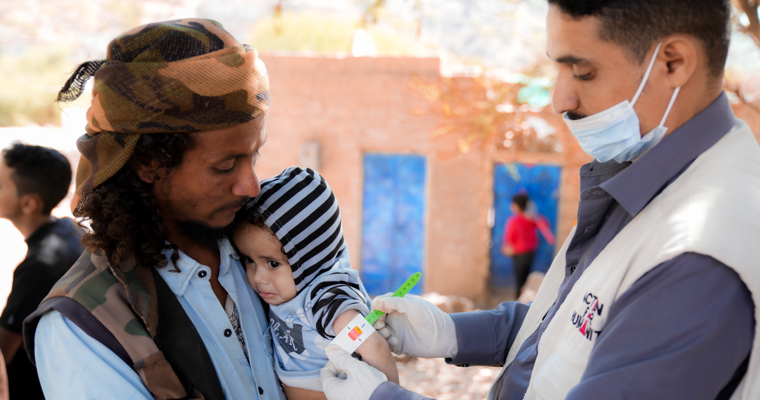
YEMEN APPEAL
Yemen remains one of the world’s worst humanitarian crises. Around 23.4 million people need humanitarian assistance.
LEARN MORE
